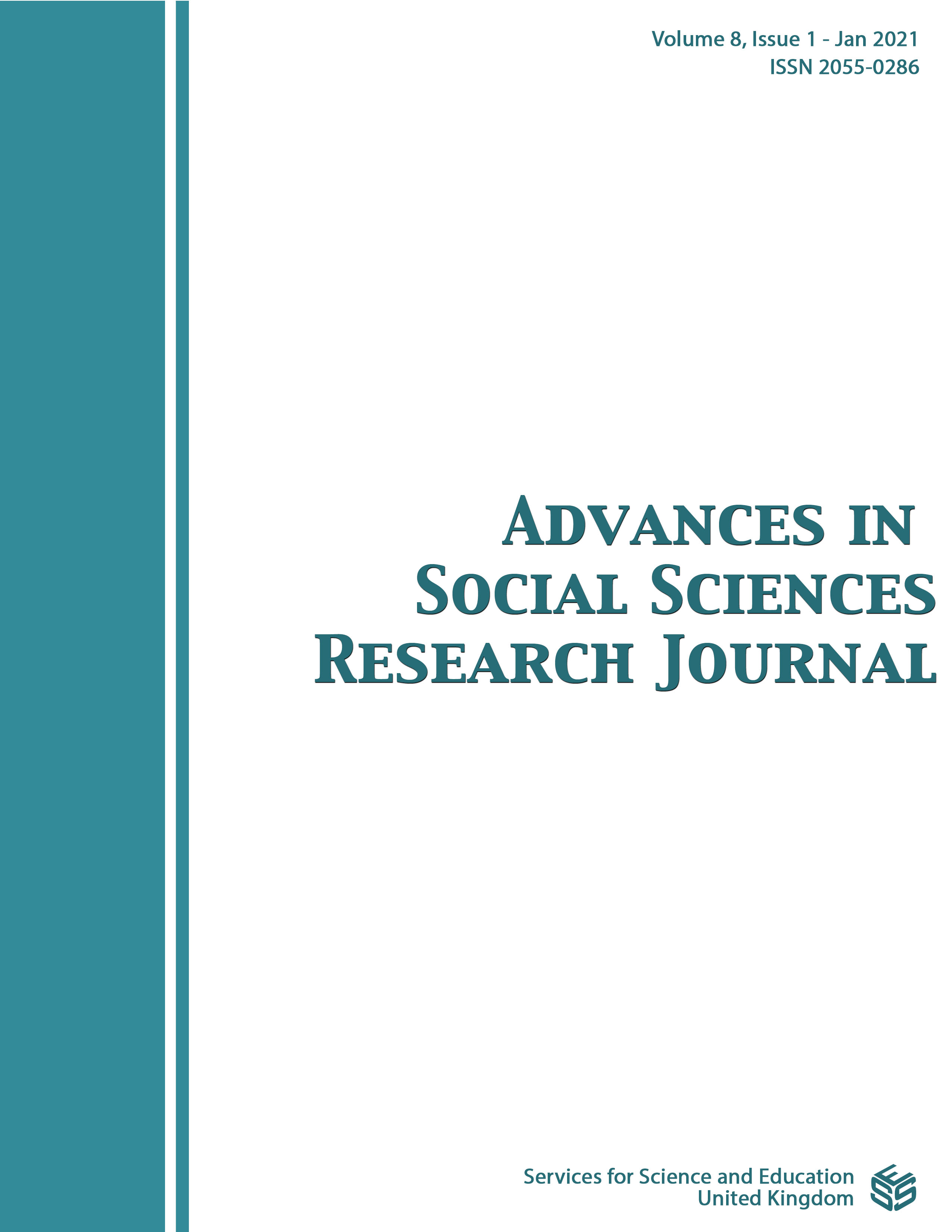The Strategies and Practices of Sheikh Azizur Rahman Nesarabadi in the Pursuit of Unity in Diversity and Harmony: The Global Viewpoint
DOI:
https://doi.org/10.14738/assrj.81.9664Keywords:
Sheikh Azizur Rahman Nesarabadi, Unity and Diversity, Harmony, Muslims, Bangladesh, Sharia, Sufi,Abstract
The Muslims of Bangladesh are separated into diverse religious, political, and social groups. Several scholars tried to unite Muslims. One of the most significant Islamic intellectuals of Bangladesh, Sheikh Azizur Rahman Nesarabadi, proposed a paradigm of religious harmony to unite the Bangladeshi people and global nations. According to him, religious harmony with the doctrine of Ittihad Ma’al al-Ikhtelaf (Unity in Diversity) is the only key answer to the current disunity at the national, international, and global levels. This study examines his concept and his role in the society and politics of Bangladesh by textual analysis of primary and secondary data. After analyzing religious harmony itself, we deliver a brief biography of Sheikh Azizur Rahman, presenting his contribution to both Sharia and Sufi education, and their effects on his vision. The study then emphasizes his thoughts on four steps of religious harmony and analyses in light of current social realities in Bangladesh and the Muslim world. This paper concludes that Sheikh Nesarabadi’s thought and theory on religious harmony depend upon three foundations: common good interest, moderation, mutual respect, and the Tawhidic model. These contain the structure for religious harmony of Muslim unity whose implementation by Muslims can achieve the command of Allah to empower the Ummah to continue a leading role in the world as a Khalifah of Allah SWT almighty.
Downloads
Published
How to Cite
Issue
Section
License
Authors wishing to include figures, tables, or text passages that have already been published elsewhere are required to obtain permission from the copyright owner(s) for both the print and online format and to include evidence that such permission has been granted when submitting their papers. Any material received without such evidence will be assumed to originate from the authors.






